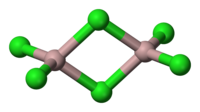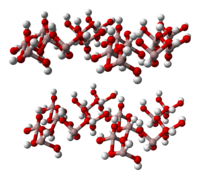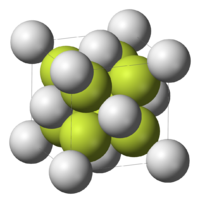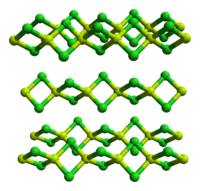1.Hydrogen Bromide (Bromane)
2. Dihydrogen Monoxide (Water, Oxidane)
3.Ammonia (Azane)


2. (Pictures Below)
aluminum carbide (Same name)
Al₄C₃
aluminum chloride (Same)
AlCl₃
aluminum hydroxide (Aluminium(3+) trioxidanide)
Al(OH)₃
ammonia (Azane)
NH₃
ammonium carbonate (Same)
(NH₄)₂CO₃
ammonium cyanide (Same)
NH₄CN
ammonium hydroxide (azanium;hydroxide)
NH₄OH
ammonium nitrate (same)
NH₄NO₃
ammonium oxalate (Diammonium ethanedioate)
(NH₄)₂C₂O₄
ammonium phosphate (Same)
(NH₄)₃PO₄
ammonium sulfate (Ammonium tetraoxosulfate)
(NH₄)₂SO₄
baking soda (Sodium hydrogen carbonate)
NaHCO₃
barium fluoride (Same)
BaF₂
barium hydroxide (Same)
Ba(OH)₂
barium phosphate (Same)
Ba₃(PO₄)₂
barium sulfide (Same)
BaS
beryllium chloride (same)
BeCl₂
beryllium nitrate (Same)
Be(NO₃)₂
boron trichloride (same)
BCl₃


















3. How many bonds does each of the following elements typically have? Carbon? Hydrogen? Oxygen?
Carbon: 4
Hydrogen: 1
Oxygen: 2
4.What does IUPAC stand for?
International Union of Pure and Applied Chemistry
International Union of Pure and Applied Chemistry
5.What chemicals are in the "chemical free" cleaner.
After performing research, I found out that the main ingredients for this cleaner are plant extracts, natural oils, and spearmint oil. The chemical make up for essential oils tend to be Terpene hydrocarbons and oxygenated compounds. The main chemicals in spearmint oil are as follows: The main components were carvone (51.7%) and cis-carveol (24.3%), followed by limonene (5.3%), 1,8 cineol (4.0%), cis-dihydrocarvone (2.2%), carvyl acetate (2.1%) and cis-sabinene hydrate (1.0%) (retrieved from Researchgate.net).
6. Chemical makeup of coffee.
After researching I discovered that there are over 1000 chemicals found in coffee. One of the more prominent ones found are chlorogenic acids.

No comments:
Post a Comment